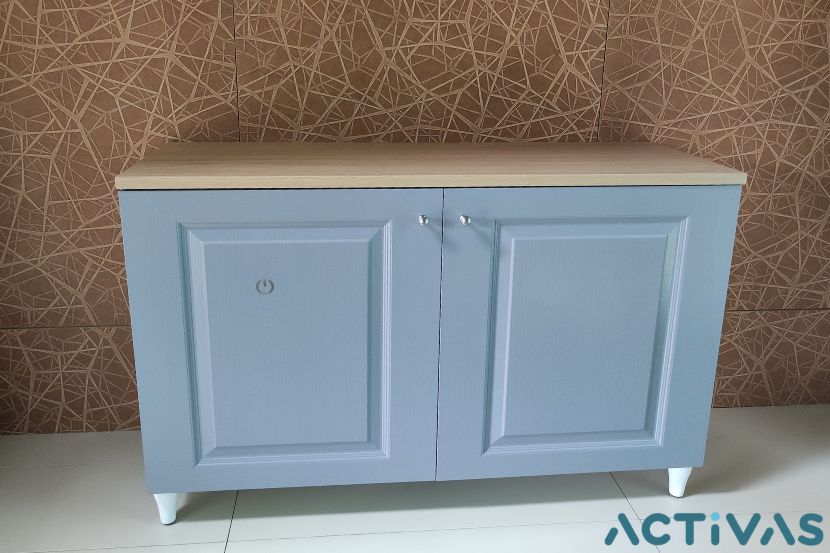

Creating homes for evolving lifestyles: innovative housing solutions for different life stages
As the world's population rises towards 8.1 billion by 2023 and is projected to reach 10.9 billion by 2100, the pressing challenge of accommodating this growth looms large. The strain on infrastructure, resource availability and basic needs such as food and water is undeniable. Among these critical needs, housing stands out as a fundamental concern.
In parallel with this growth, improvements in healthcare, nutrition, sanitation and education have led to a remarkable increase in global life expectancy over the past two decades. This demographic shift, and in particular the ageing of the population, poses a multifaceted challenge to contemporary societies worldwide. The socio-economic impact of this trend is rippling through our communities and influencing the global landscape.
Governments in developed countries are devoting considerable effort and resources to addressing the complex implications of ageing. But the challenge goes beyond simply boosting birth rates. Urgent action is needed to develop comprehensive policies and initiatives to ensure an active, safe and healthy life for a growing segment of the population - older adults.
There is a growing recognition that housing needs to evolve with age. What once seemed like the perfect home may no longer meet the changing preferences and needs of individuals as they age. There is a growing desire for a more compact home with features that may not have been practical during the years of raising children. In addition, health considerations often lead individuals to seek a home that meets their changing needs and ensures continued comfort and well-being.
When considering the housing needs of middle-aged people, several key factors come to the fore:
- Adaptive Spaces: the ability to transform and adapt living spaces in response to changing circumstances becomes critical.
- Smart Environments: the design and integration of smart technologies to create safe and healthy living environments is key to improving quality of life.
- Collaborative networks: Fostering interconnected networks that facilitate informal care and support systems plays a critical role in addressing the changing landscape of care paradigms. Collaboration is key to ensuring that proximity-based care networks remain robust.
The ACTIVAS project is a direct response to these evolving housing needs - a pioneering project focused on innovative technological and multidisciplinary solutions for active, safe and healthy living. Sonae Arauco was one of the contributors to the project, joining forces with a consortium dedicated to adaptable living spaces and user-centred solutions.
At the heart of our contribution, was a commitment to the creation and regeneration of spaces, through architectural design that serves as long-term accommodation. The aim was to create spaces that are flexible, adaptable and responsive to people's unique and evolving needs. Central to this effort was the exploration of wood-based materials, particularly 3D Fibreboard (3DF) for furniture solutions and AGEPAN in the development of adaptive house construction, with visual and digital interfaces.
Sonae Arauco's distinctive contributions included the development of adaptive wood-based structures and innovative technology-based furniture materials. In the ACTIVAS project, Research and development (R&D) efforts have been focused on areas such as coatings, sensorisation and integrative construction systems, with the following main objectives
- Adaptive systems: The use of wood-based structures to create adaptive systems equipped with sensors to detect temperature, humidity and vibration.
- Functional furniture: Creating responsive furniture solutions with touch sensors that promote both functionality and comfort.
- Surface enhancement: Enhancing surfaces with eco-sustainable and non-toxic formulations to provide hydrophobic and antimicrobial properties that promote health and longevity.
- Sensor integration: Pioneering the design of sensing 3DF structures, integrating touch and/or proximity sensors and haptic feedback actuators.
- Modular innovation: Developing modular systems, with the integration of AGEPAN boards, with adaptable and transformable structures with a plug-and-play design philosophy.
The ACTIVAS project represents a pioneering step in addressing the diverse needs of housing at different stages of life through the use of cutting-edge technologies, user-centred designs and flexible architectural frameworks.
As a result, the ACTIVAS consortium developed a prototype where all those developments were built together, shown in the project's final presentation last June, at Porto Alfândega. This prototype has Sonae Arauco products: AGEPAN solutions for the structure, the pressed 3DF for the wall panelling, and also the furniture door, HDF and PB in the furniture. With the produced prototype, it is possible to see several applications where our products can add value in a sustainable and innovative way.
A future in which housing is seamlessly integrated into the ever-evolving fabric of human existence is being actively created by Sonae Arauco and its ACTIVAS partners.
Most popular articles
-
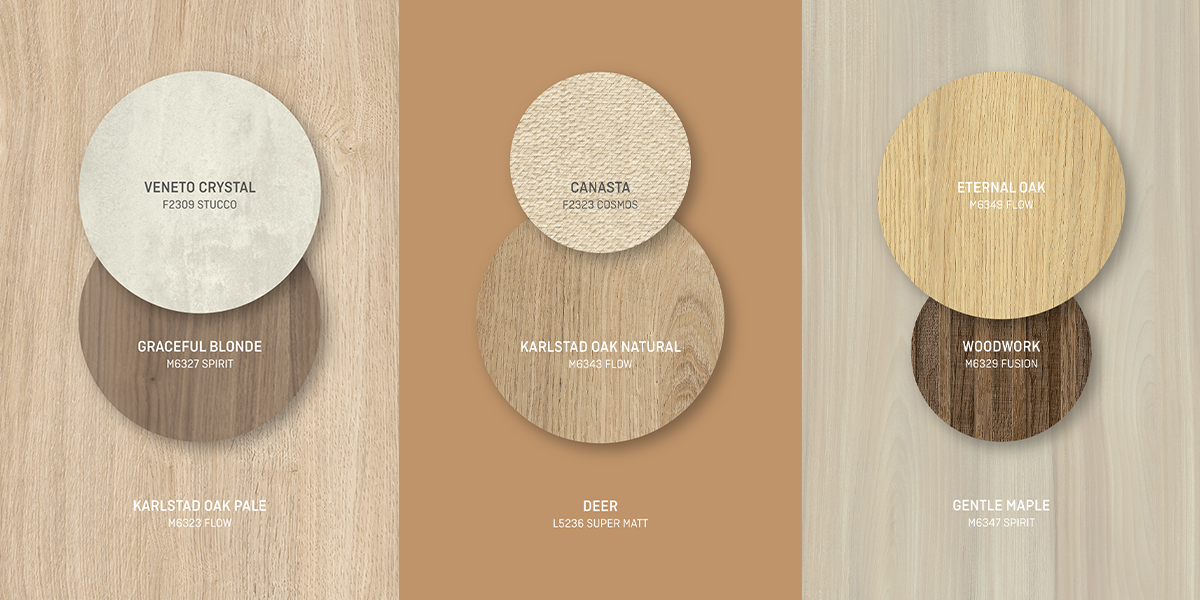
Authentic, sustainable designs for different uses and applications
24/11/2023 -
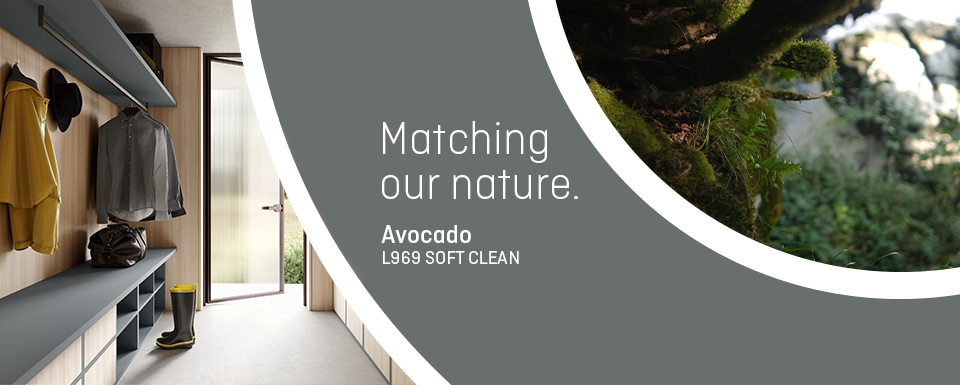
A peaceful ambience with Innovus Avocado
14/09/2023 -
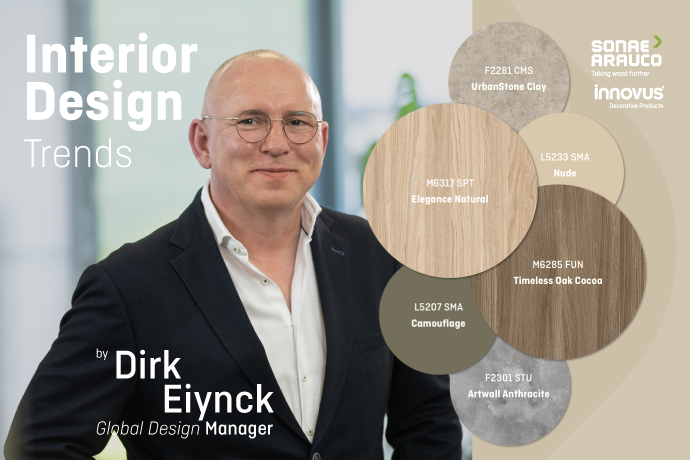
Interior Design Trends by Dirk Eiynck
04/05/2023 -
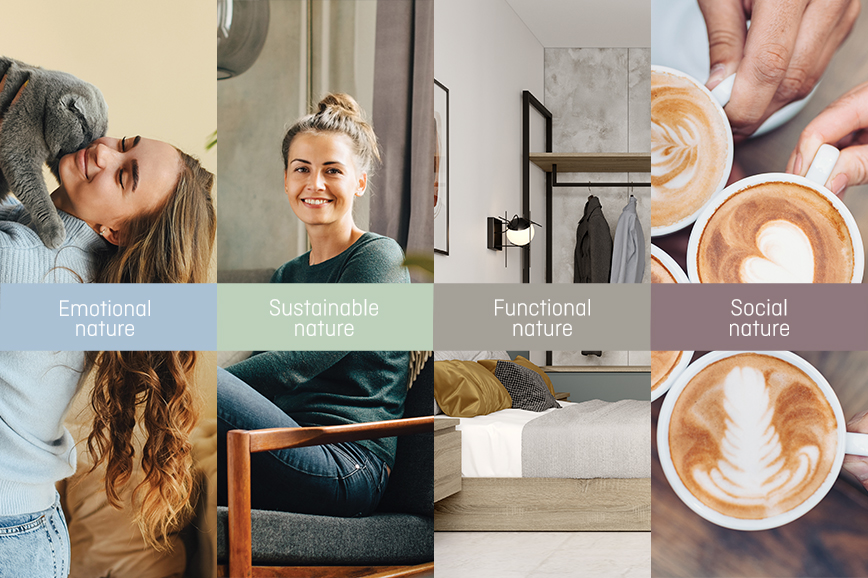
Trends: the inspiration for the new Innovus Collection
01/05/2023 -

Warm and natural elements for festive aesthetics
13/12/2022







